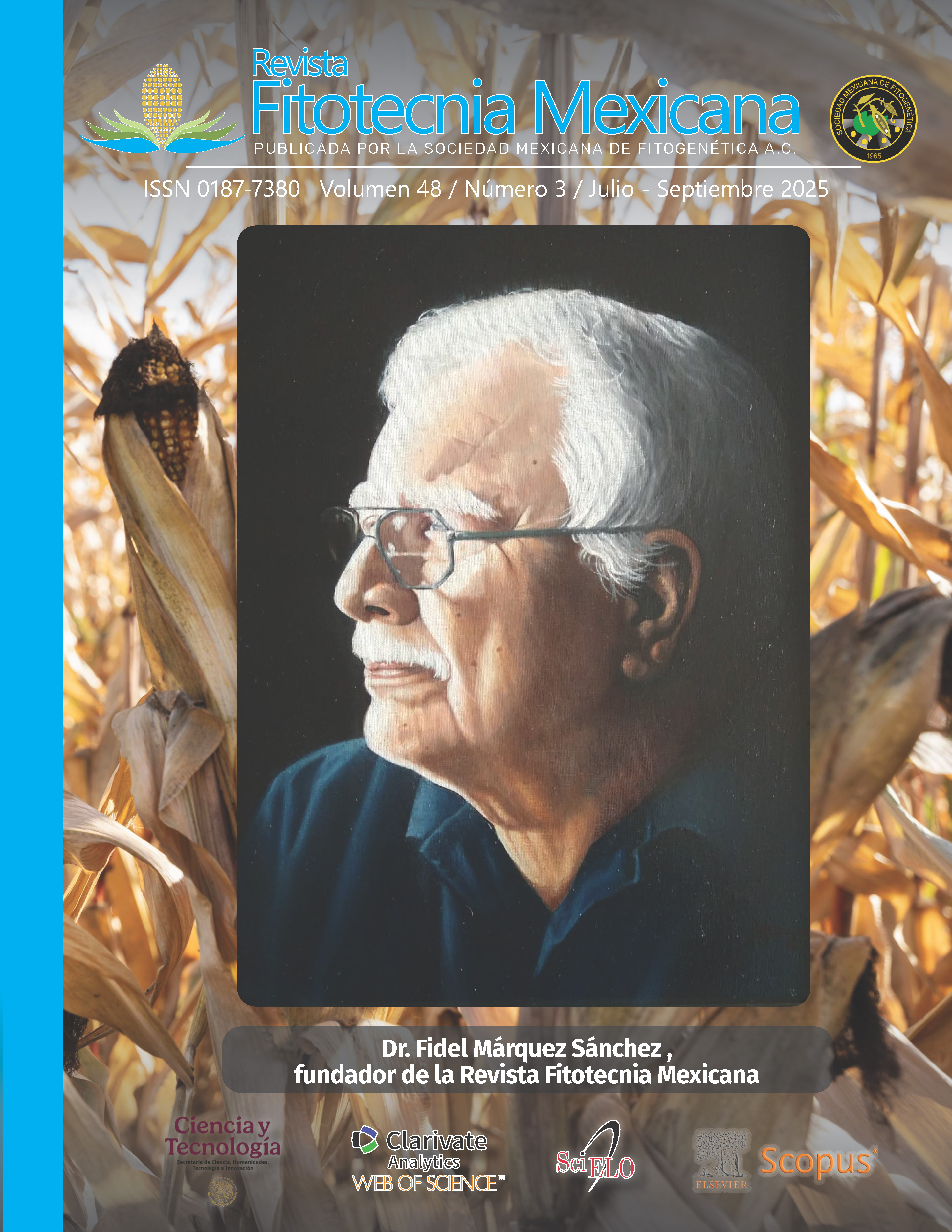ESTIMATION OF THE LEVEL OF INFESTATION BY MISTLETOES (Psittacanthus calyculatus AND Phoradendron brachystachyum) WITH PHOTOGRAPHIC METHODS
Main Article Content
Abstract
Hemiparasitic mistletoes Psittacanthus calyculatus and Phoradendron brachystachyum are a growing plant health problem that infect trees and shrubs in the wild and urban areas, so quick and efficient methods to estimate the infection severity are required. In this study two photographic methods for the estimation of mistletoe infection in huisache (Vachellia schaffneri) of the private protected area Zibatá and the Cimatario National Park (PANEC), both in the state of Queretaro, Mexico. The first method consisted in photographs obtained by a GoPro Hero 3+ Black camera attached to a 4.5 m extension pole (PEP method), and the second in photographs from unmanned aerial vehicles or drones (PUAV method). The polygons of treetops and the mistletoe covered fraction were manually delimited by differentiating the texture and color of the tree foliage from the mistletoe. The congruence between the estimates of mistletoe infection made with the two photographic methods was measured with the concordance correlation coefficient (ρc). Comparison of both methods in Zibatá indicated very similar estimates of the percentage of host crown area occupied by mistletoe (PEP 38.12 %; PUAV 36.56 %), with ρc = 0.96, IC95% = 0.905-0.980 and Cb = 0.992. Both methods were useful for the estimation of mistletoe infection. The PEP method is simple and cheaper, but the PUAV method allows to cover much larger areas in short time periods; nevertheless, restrictions for the use of drones should be considered.

